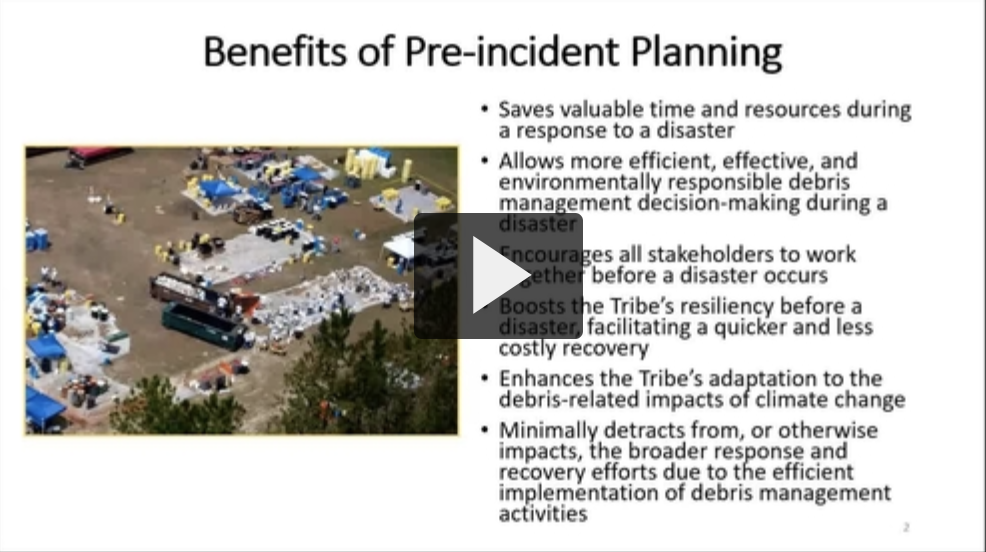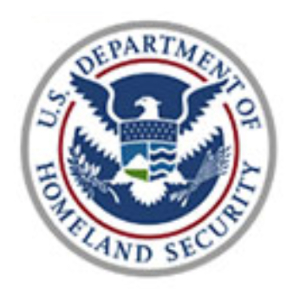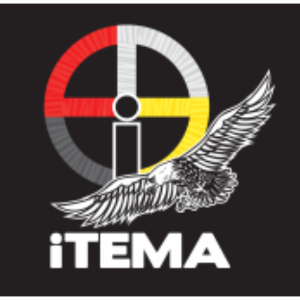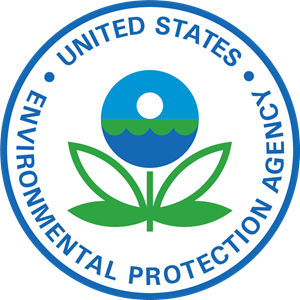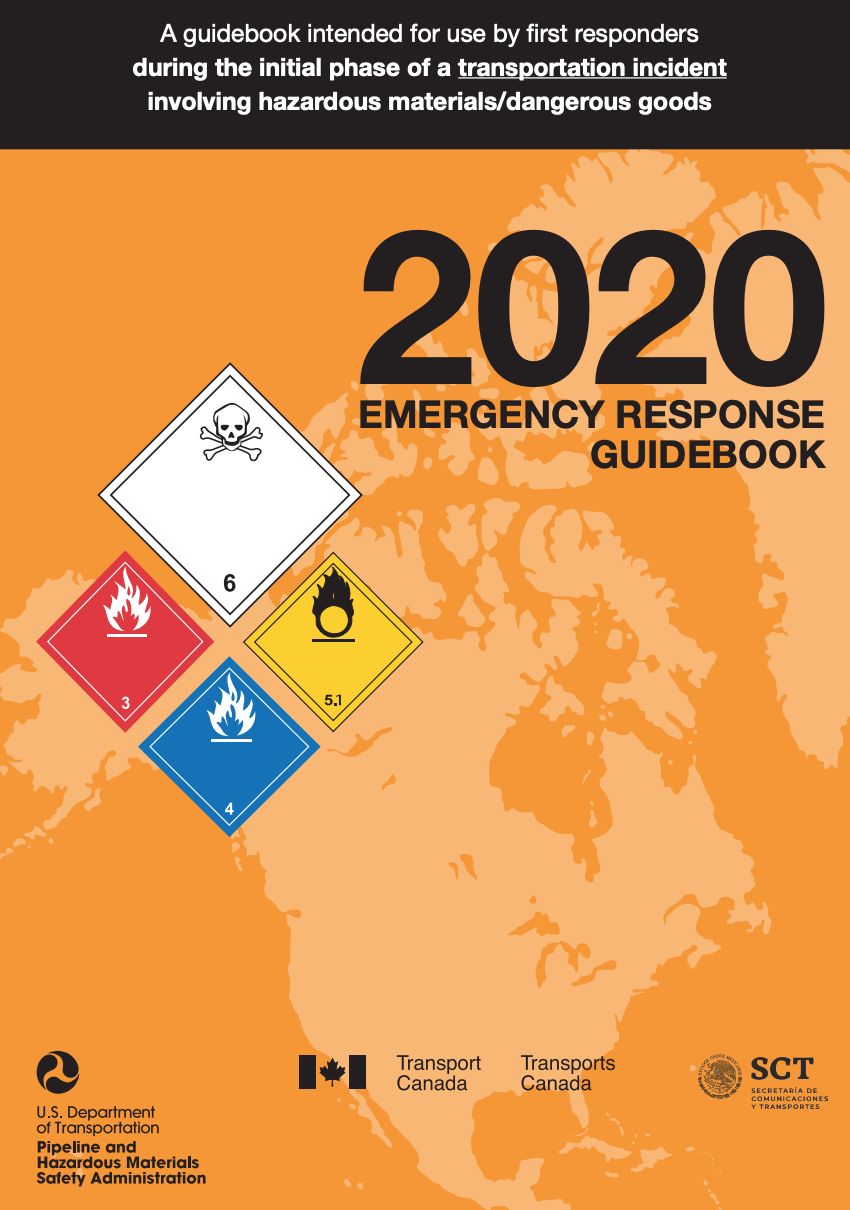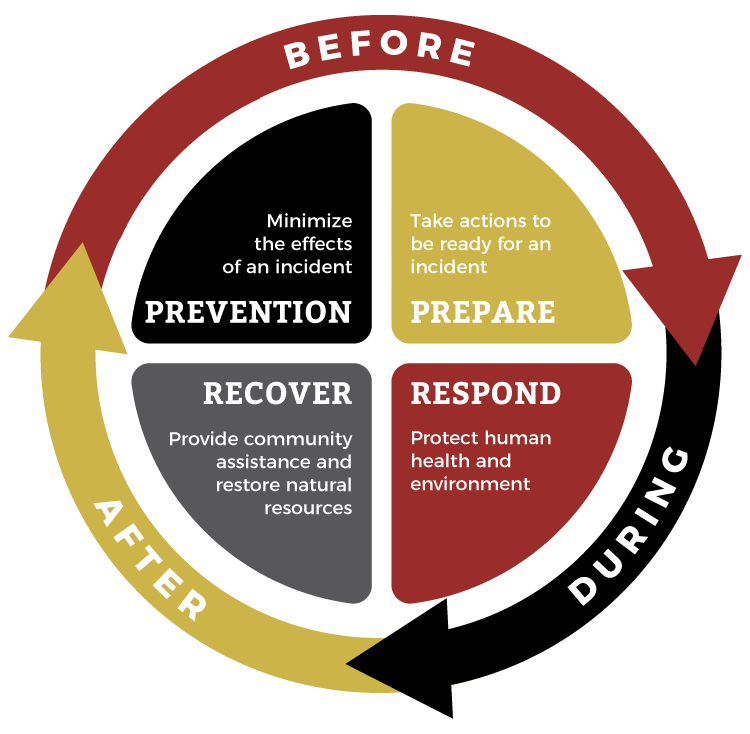
Planning is Critical for Quick & Organized Response
Oil spills and hazardous chemical releases on land and water and to the air can happen at any time of the day and in any weather condition. When oil or hazardous chemicals are spilled/released in the environment it can endanger public health, imperil drinking water, devastate natural resources, and disrupt the economy.
Preventing spills is the best strategy for avoiding potential damage to human health and the environment, therefore, planning is a critical part of ensuring quick and organized response measures.
The All Hazards Planning Guidelines webinar was delivered by EPA’s Office of Resource Conservation and Recovery and introduced the Pre-Incident All-Hazards Waste Management Plan Guidelines. This webinar used flooding as the scenario to show you how to use their Four-Step Waste Management Planning Process, which can also be used to address other natural disasters.
Take actions to be ready for an incident:
-
- Get to know responders in your region: meet with local agencies and other local Tribes
- Like a State Emergency Response Committee, Tribes can develop a Tribal Emergency Response Committee (TERC).
- Prepare response plans such as a pre-incident waste management plan (see the All Hazards Planning Guidelines 2022 Webinar and Pre-Incident All-Hazards Waste Management Plan Guidelines at the left)
- Training and Exercises
- Receive spill notifications
- Standard operating procedures
See TLAC’s Emergency Response Partners and TLAC’s Federal Emergency Response Roles and Responsibilities.

Alabama Fire College Native American Training Program
See HAZMAT Uranium Courses and Free Workplace Safety Training for Native American Tribes flyers for course listings.
The text above has been provided as a starting point for the development of this webpage. Please consider submitting additional information, examples, and Tribal case studies to TLAC@nau.edu or use the TLAC Contact Form to share here.

